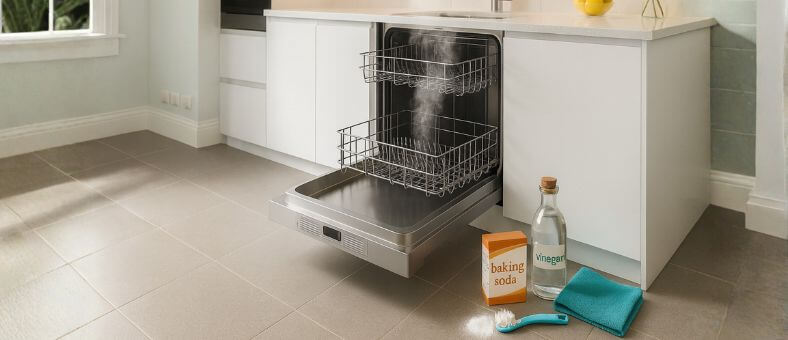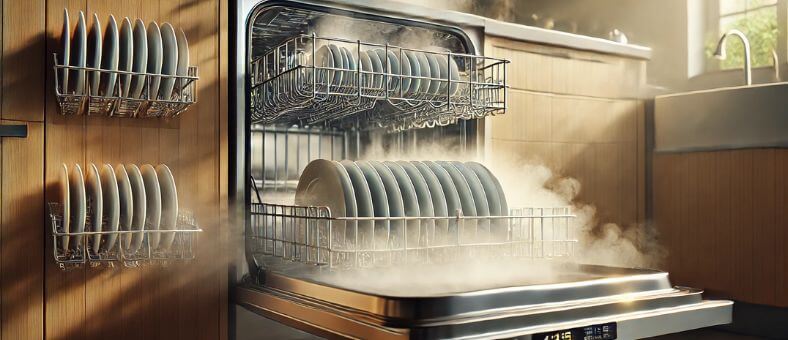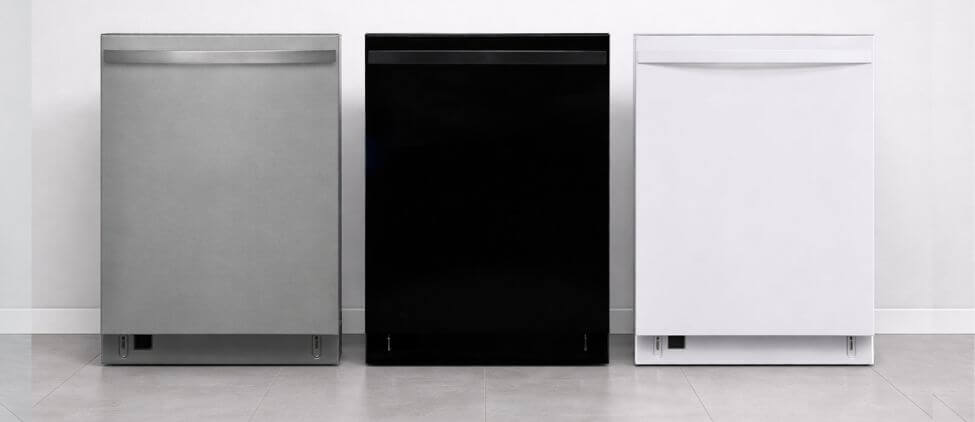Ever pulled a dish from your dishwasher only to find mold making itself at home in those hidden corners and crevices? Sure, it’s a disheartening sight. These fungal foes spoil the sparkling clean look of your dishes and sneak allergens into your household, posing potential health risks. But here’s the thing – there’s absolutely no need for alarm! With some helpful knowledge, a dash of persistence, and a handful of everyday household items, you can show this unwanted guest the door and make sure it stays out.
This article is your go-to guide on how to remove and prevent mold in your dishwasher. We’ll unravel why mold chooses your dishwasher as its favorite hangout, how to eliminate it effectively, and, crucially, how to keep your dishwasher mold-free.
Embark on this journey towards a cleaner, healthier dishwasher – and ensure your dishes come out gleaming and safe every time. By the end, you’ll have turned the tables on mold, keeping it away from your dishwasher. And who knows? You might even have some fun along the way! So, shall we get started?
The Unseen Danger
Did you know? Mold can grow in your dishwasher and go unnoticed for weeks, even months, stealthily compromising your family’s health. Watch out for those hidden corners!
Table of Contents
Impact of Dishwasher Mold on Your Health
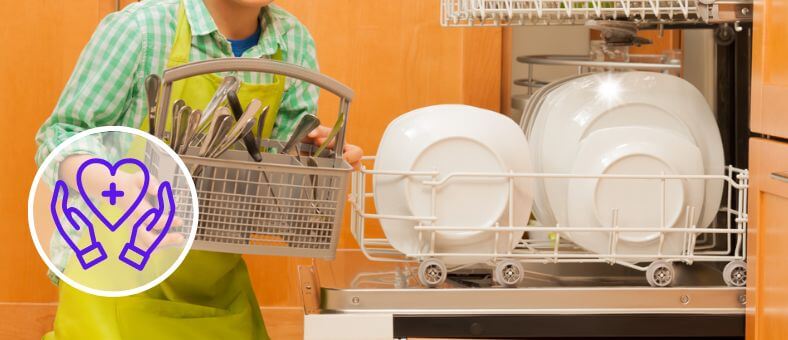
Just as mold is unwelcome on your bread, cheese, or bathroom tiles, the same applies to your dishwasher. Mold is an unpleasant tenant that not only mars the aesthetics of your sparkling kitchen appliance but also poses some potential health risks. Let’s delve deeper into these concerns:
Allergic Reactions
It is the most common health risk associated with mold exposure. Symptoms can range from runny or stuffy nose and itchy or watery eyes to skin rashes and sneezing. If you or a family member are experiencing these symptoms, especially after unloading the dishwasher, mold could be the culprit.
Respiratory Problems
In more severe cases, inhaling or contacting mold spores can lead to respiratory issues. This is mainly a concern for individuals with asthma or other pre-existing lung conditions. Mold spores, once inhaled, can trigger asthma attacks or worsen breathing difficulties.
More Serious Health Risks
While relatively rare, prolonged exposure to certain types of molds can lead to more severe health conditions. For instance, ‘black mold’ (Stachybotrys chartarum) produces toxins called mycotoxins; this may lead to neurological issues in extreme cases, even death.
However, the mold typically found in dishwashers usually differs from this variety. Still, it’s essential to take mold seriously, no matter what type, as all molds can potentially cause health problems, especially with prolonged exposure.
Mold: An Invisible Culprit
Mold thrives in dark, damp areas, making your dishwasher the perfect breeding ground. It often grows unnoticed in hidden corners, but a musty odor is a warning sign. If you detect it, it’s time for a deep clean.
How to Identify Mold in Your Dishwasher
Knowing how to identify mold in your dishwasher is essential. It usually appears as black or green spots on the sides or seals of the dishwasher. There may also be a musty smell. If you’re still uncertain, a professional can perform a mold test.
The Step-by-Step Guide to Removing Mold from Your Dishwasher

Mold in your dishwasher? Time for an eviction! No need for expert skills—just follow this simple step-by-step guide to restore freshness and cleanliness to your appliance.
Step 1: Gather Your Cleaning Arsenal
Before you start, arm yourself with essential household cleaning agents: white vinegar, baking soda, an old toothbrush, a microfiber cloth, and rubber gloves. Vinegar kills mold and bacteria, while baking soda neutralizes odors and lifts grime.
Step 2: Prioritize Safety
Before beginning, ensure your dishwasher is turned off and unplugged to prevent any electrical hazards. Wearing rubber gloves will shield your hands from mold and cleaning agents.
Step 3: Empty the Dishwasher
Remove all dishes, utensils, and detachable racks. This allows full access to all areas that need cleaning.
Step 4: Clean the Filter
The filter traps food particles and can harbor mold if not cleaned regularly. Locate the filter at the bottom of your dishwasher, remove it, and rinse it under warm water. Use the old toothbrush to scrub away any stubborn debris. For detailed instructions, refer to our guide on How to Clean Your Dishwasher Filter.
Step 5: Run a Vinegar Cycle
Place a cup of white vinegar in a dishwasher-safe container on the top rack. Run a hot water cycle; the vinegar will help break down mold deposits and eliminate odors. For more information on cleaning vinegar, see The Easiest Way to Clean a Dishwasher.
Step 6: Baking Soda Rinse
After the vinegar cycle, sprinkle a cup of baking soda evenly across the bottom of the dishwasher. Run a short, hot water cycle. Baking soda will freshen the interior and help remove any remaining mold residue.
Step 7: Scrub Remaining Mold
If mold persists, dip the old toothbrush in white vinegar and warm water. Scrub the affected areas, paying close attention to seals, crevices, and the door gasket.
Step 8: Wipe Down and Reassemble
Use a soft cloth to wipe down all interior surfaces, removing any loosened mold and cleaning solution residue. Once dry, reassemble all parts and return the racks to their positions.
Step 9: Final Rinse
Run one more hot water cycle without any cleaning agents to ensure all residues are rinsed away.
Regular maintenance is key to preventing mold recurrence. For ongoing tips and best practices, explore our comprehensive Dishwasher Guides.
Cleaning Evolution Throwback
Early 20th-century homemakers had to combat mold using only essential soap and water. Today, we’ve got advanced detergents and fungicides. How lucky are we?
How to Stop Mold from Growing in Your Dishwasher
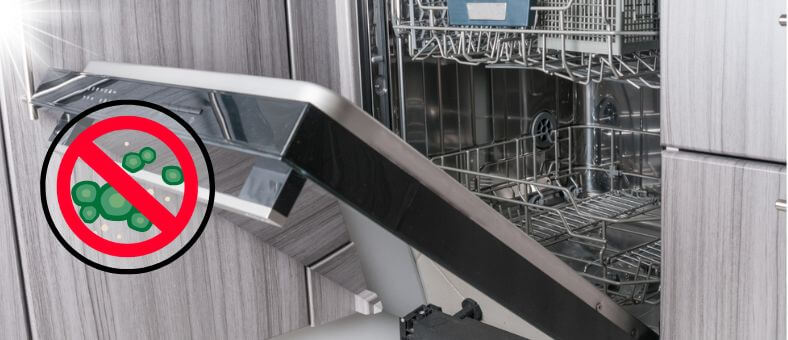
- Ventilate Your Dishwasher: After each wash cycle, leave the door slightly ajar to let moisture escape, reducing the humid conditions in which mold spores thrive.
- Understand the Impact of Ventilation: Even small adjustments, like leaving the door ajar, can significantly deter mold growth by disrupting the humid, warm environment it needs.
- Duration for Door Ajar: Keep the dishwasher door open until the interior completely dries. If you run your dishwasher at night, leaving the door open overnight is effective.
- Safety Concerns with Pets or Children: If leaving the door open poses a risk due to curious pets or children, leave it open just long enough for the steam to escape, then close it without latching fully to maintain airflow without the risk.
- Break the Mold Life Cycle: Regular ventilation and thorough cleaning are crucial to stopping mold from regaining a foothold in your dishwasher.
Cleaning Evolution Throwback
Early 20th-century homemakers had to combat mold using only essential soap and water. Today, we’ve got advanced detergents and fungicides. How lucky are we?
Why Natural Remedies Work Best for Dishwasher Mold?
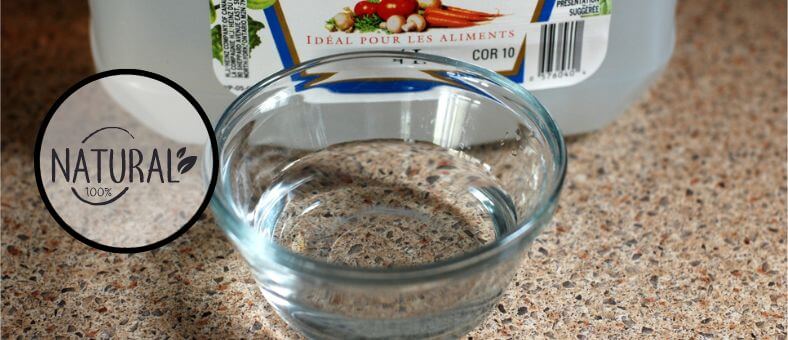
Opting for natural remedies to combat dishwasher mold offers numerous advantages, making them the preferred choice over chemical alternatives. Natural solutions like white vinegar are especially beneficial due to their non-toxic and environmentally friendly properties. White vinegar, for instance, boasts potent antimicrobial capabilities that effectively eliminate mold growth and neutralize odors without introducing harmful chemicals into your home. This ensures that your dishwasher remains safe and hygienic for daily use. Furthermore, natural remedies are often more cost-effective and readily available, making them an accessible and sustainable option for maintaining a clean and mold-free dishwasher.
Key Tip for Maintaining a Mold-Free Dishwasher
Always leave the dishwasher door slightly open after each cycle. This allows moisture to escape, preventing the damp environment that mold thrives in.
Final Words on How to Remove and Prevent Mold in Your Dishwasher
Dealing with mold in your dishwasher might seem daunting, but it doesn’t have to be. By following the simple steps outlined in this guide, you can effortlessly remove and prevent mold, ensuring a safe and clean environment for washing your dishes. Now, isn’t that a load off your mind?
So, the next time you spot some mold lurking in your dishwasher, you’ll know exactly what to do. But let’s hope it doesn’t come to that, shall we?
At WashDryDazzle, our primary goal is to equip you with invaluable knowledge to simplify your day-to-day tasks; to explore more, check out our central hub of Dishwasher Guides.
Frequently Asked Questions (FAQs)
Can mold in a dishwasher make me ill?
Yes, some types of mold produce toxins that can be harmful to health. While it’s unlikely to make you severely ill from a small amount of exposure, it can cause allergic reactions or respiratory problems in sensitive individuals.
How often should I clean my dishwasher to prevent mold growth?
Cleaning your dishwasher once a month is generally a good practice to prevent mold growth. If you live in a high-humidity area, consider cleaning it more often.
Is there a specific product available to remove mold from dishwashers?
Several commercial products are available, designed to clean dishwashers, many of which are effective at removing mold. However, natural substances like vinegar can also be highly effective and are a more eco-friendly choice.
Are certain types of dishwashers more prone to mold growth?
All types of dishwashers can potentially develop mold if not maintained properly. Factors like how often you use your dishwasher, how well it’s ventilated, and the local climate can all impact mold growth.
Is it safe to use a dishwasher after discovering and cleaning mold?
Yes, once you have thoroughly cleaned and dried your dishwasher, it should be safe to use again. However, keep an eye out for the return of mold and take steps to prevent its recurrence.
Can a leaking dishwasher lead to mold growth?
Yes, a leaking dishwasher can indeed contribute to mold growth. Persistent leaks can create a damp environment around and under the dishwasher, which can be an ideal breeding ground for mold. It is essential to fix any leaks promptly to prevent creating conditions conducive to mold growth.
What should I do if I suspect mold growth due to a dishwasher leak?
If you suspect mold growth due to a dishwasher leak, first ensure to fix the leak. You might need a plumber or an appliance repair professional to handle this. After that, thoroughly clean the area with a solution to eliminate mold. Remember to protect yourself with gloves and a mask when dealing with mold. If the mold problem is severe or in hard-to-reach places, consider hiring a mold remediation expert to ensure safe and thorough removal.

